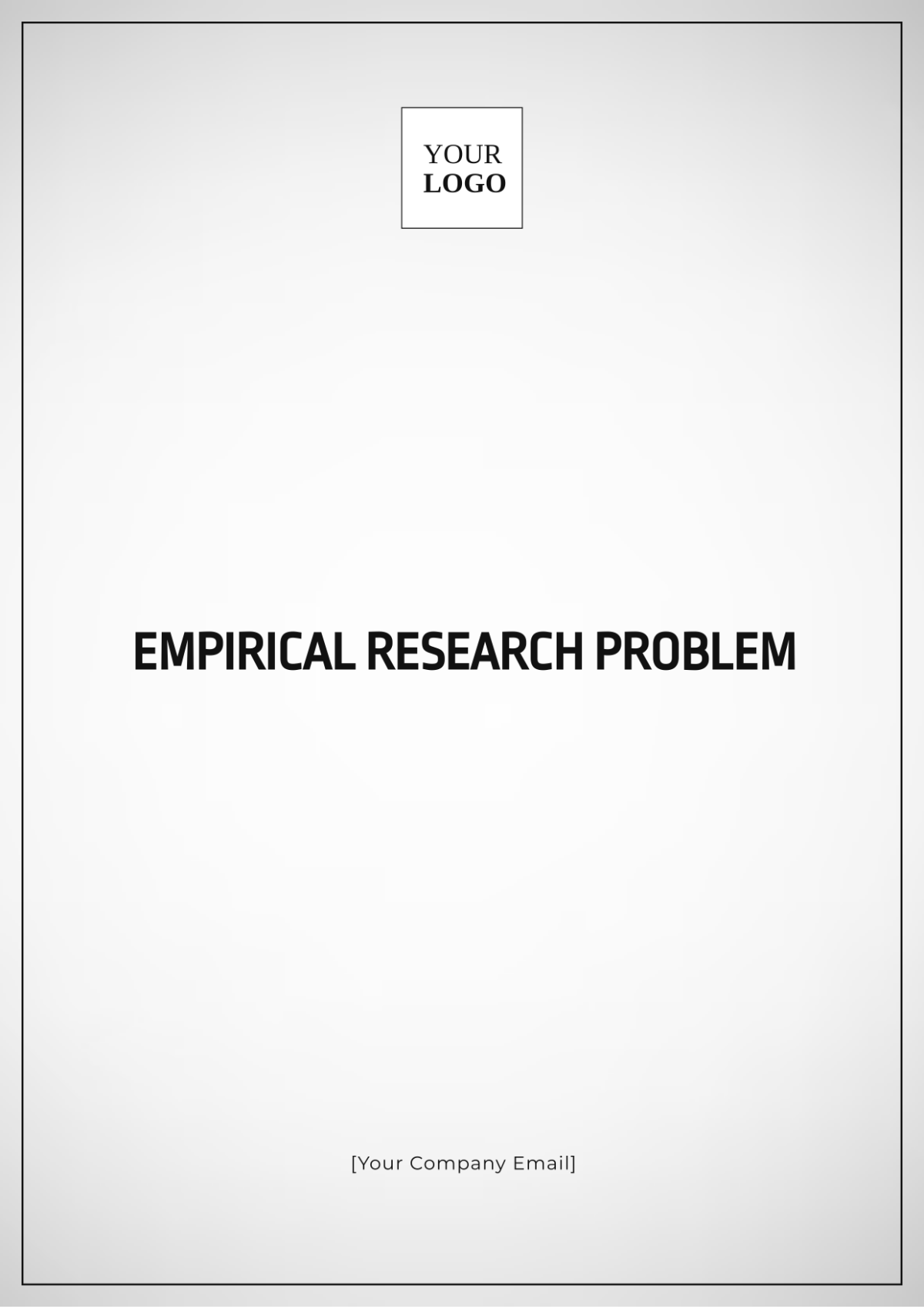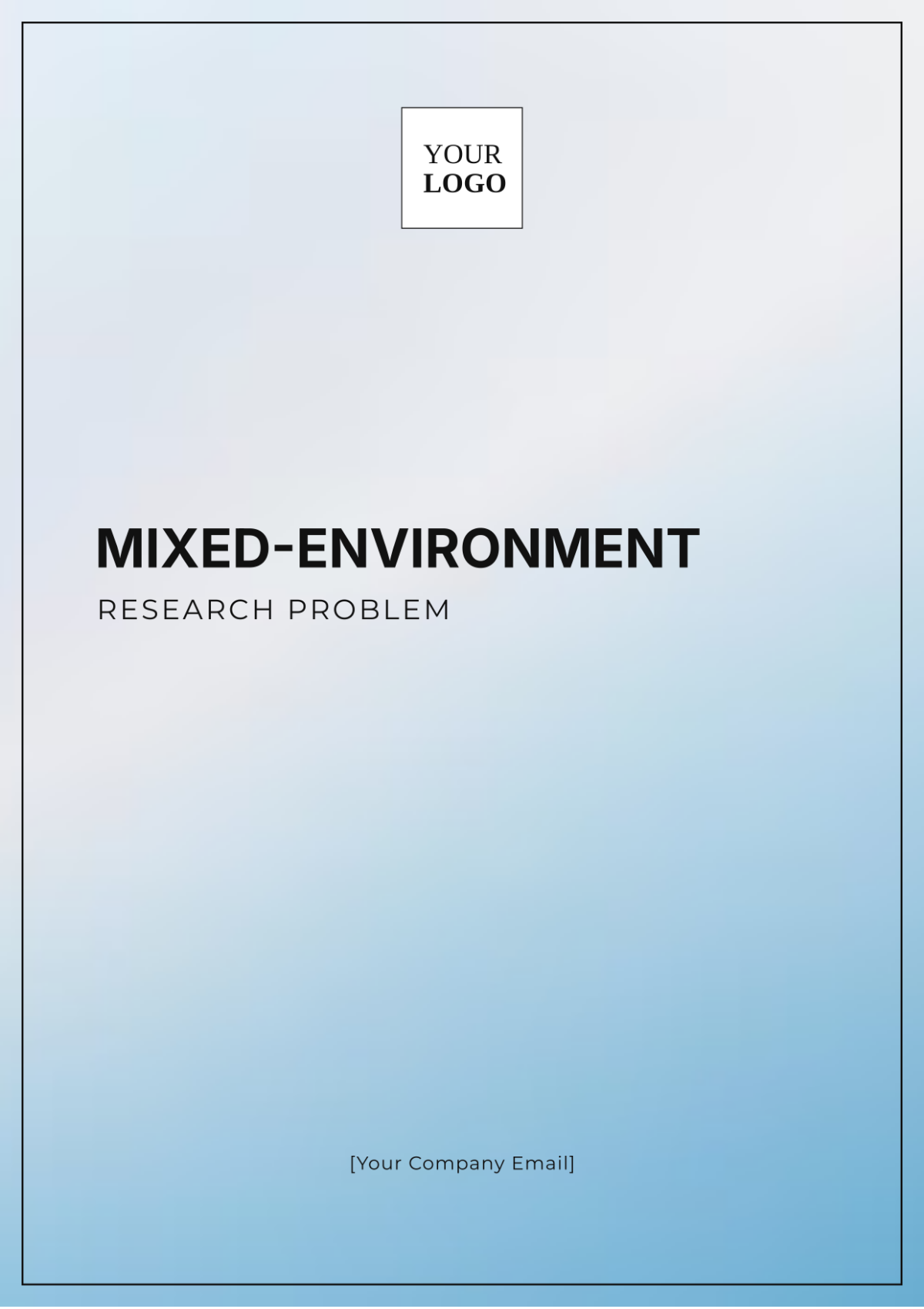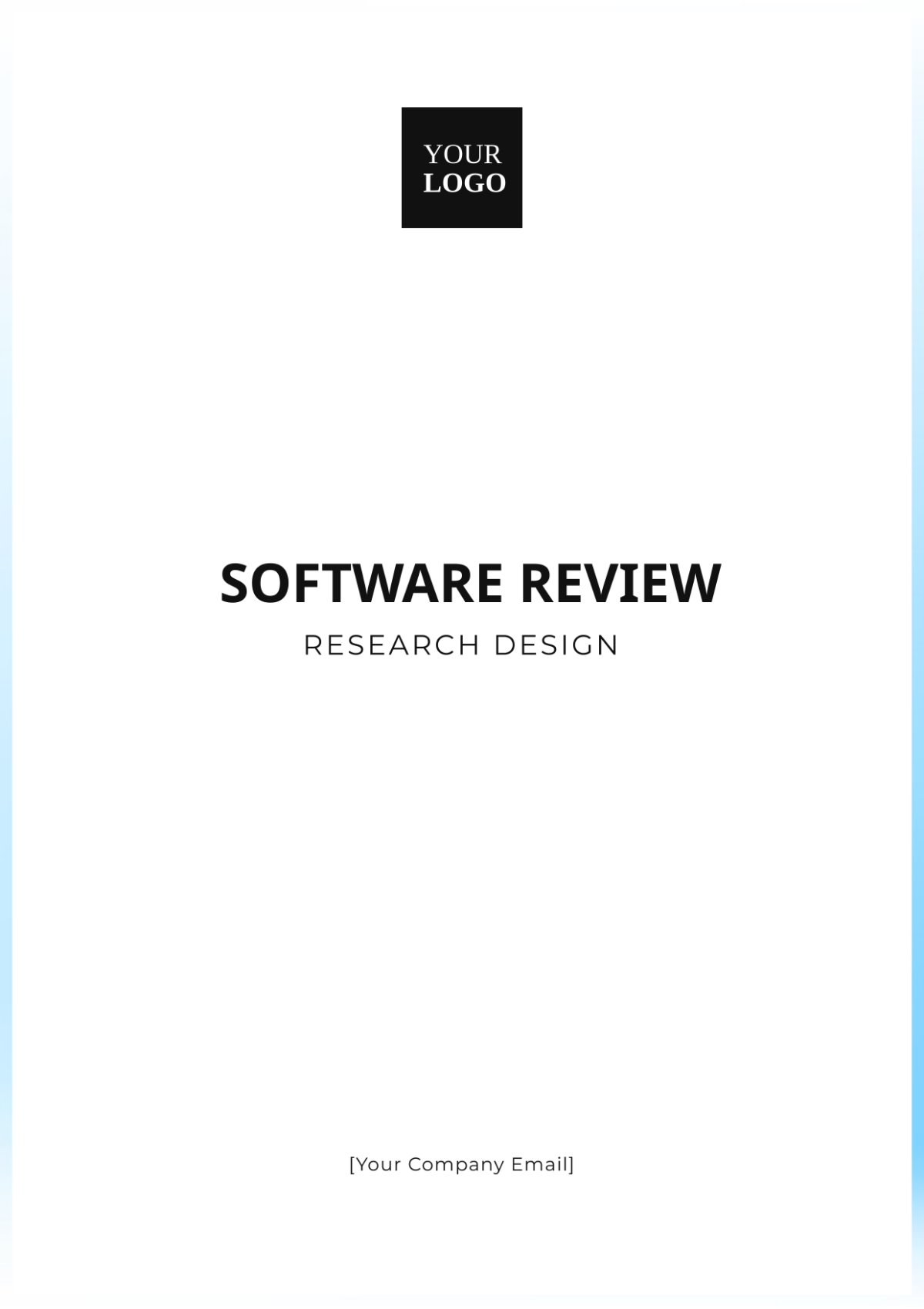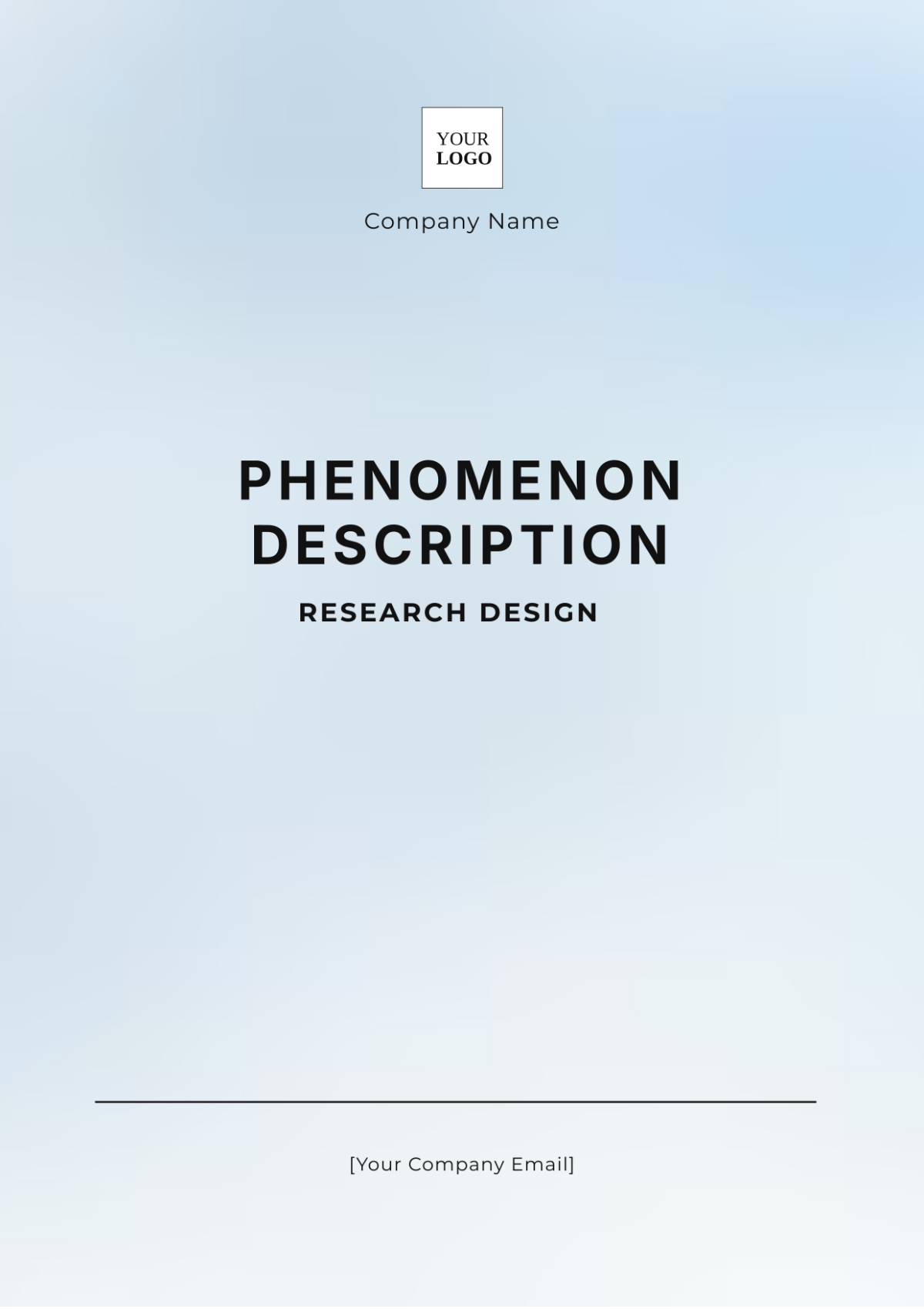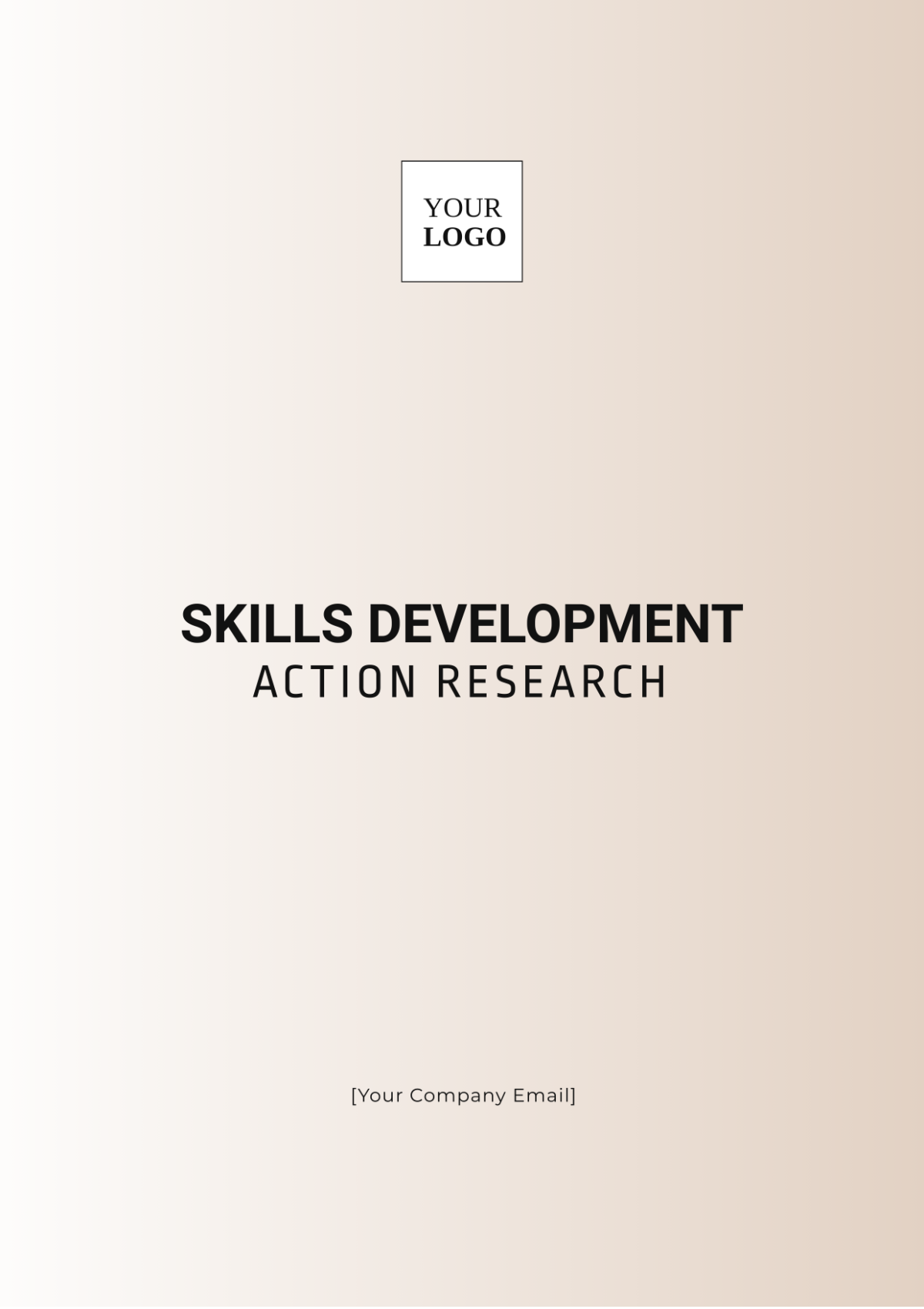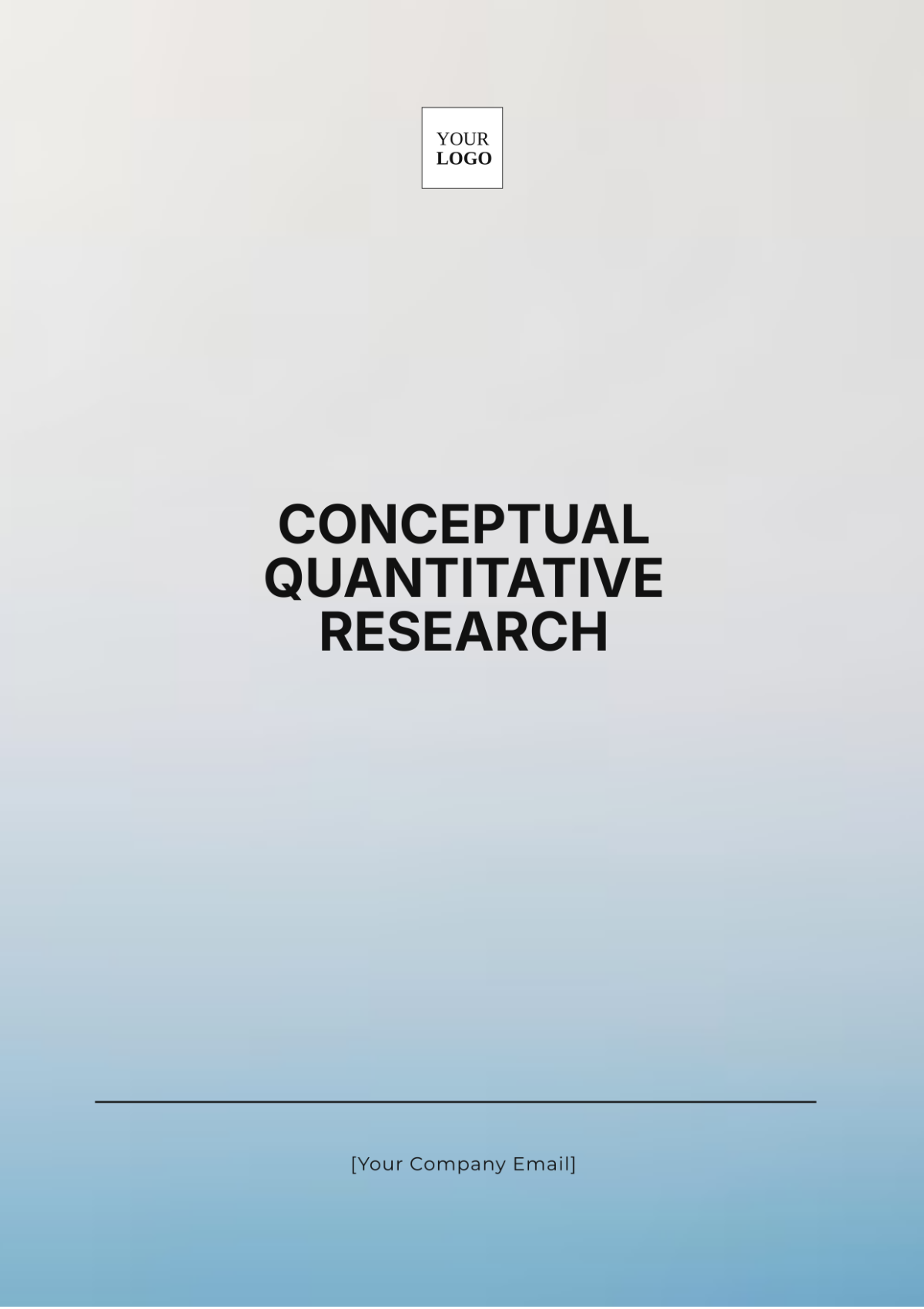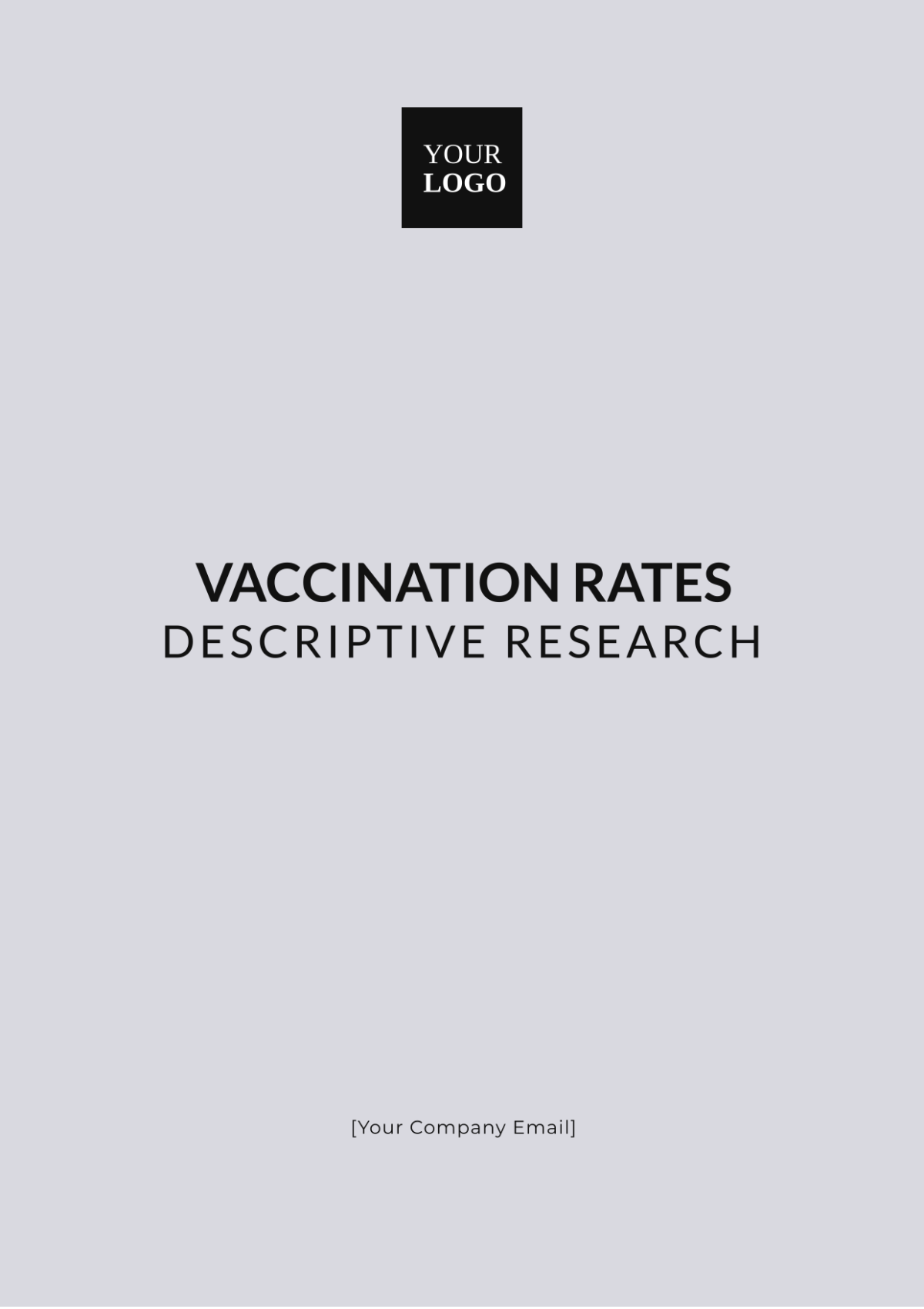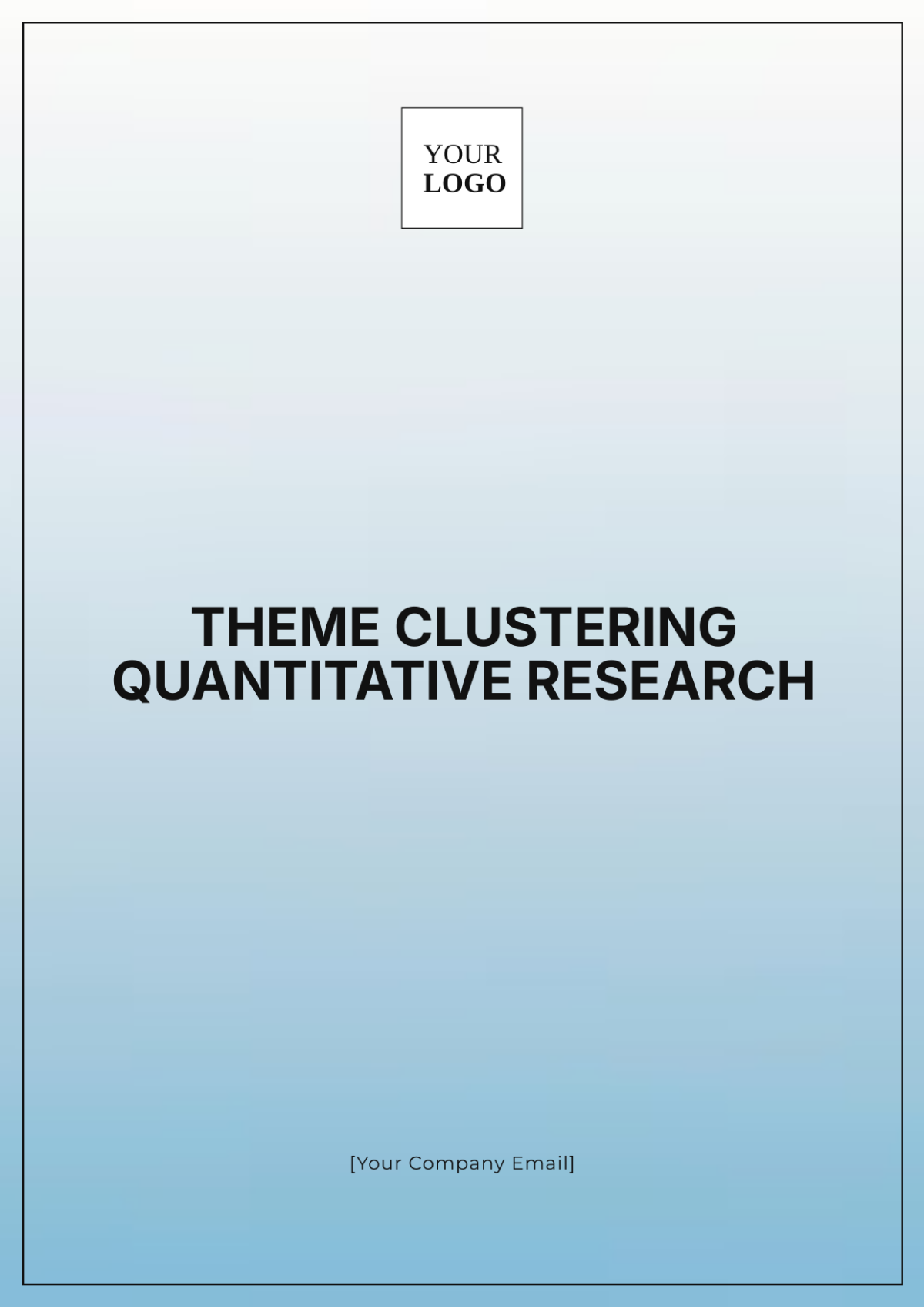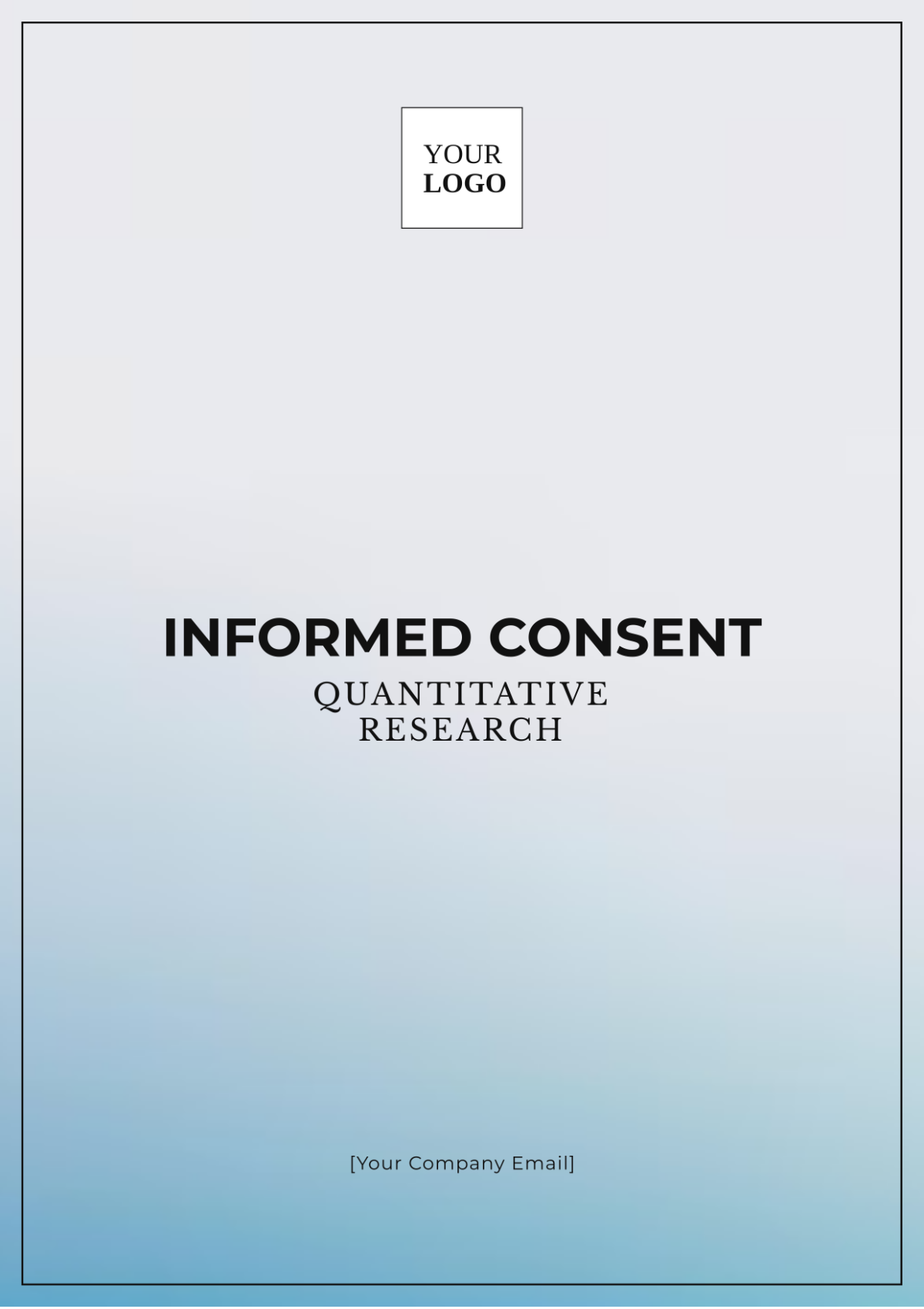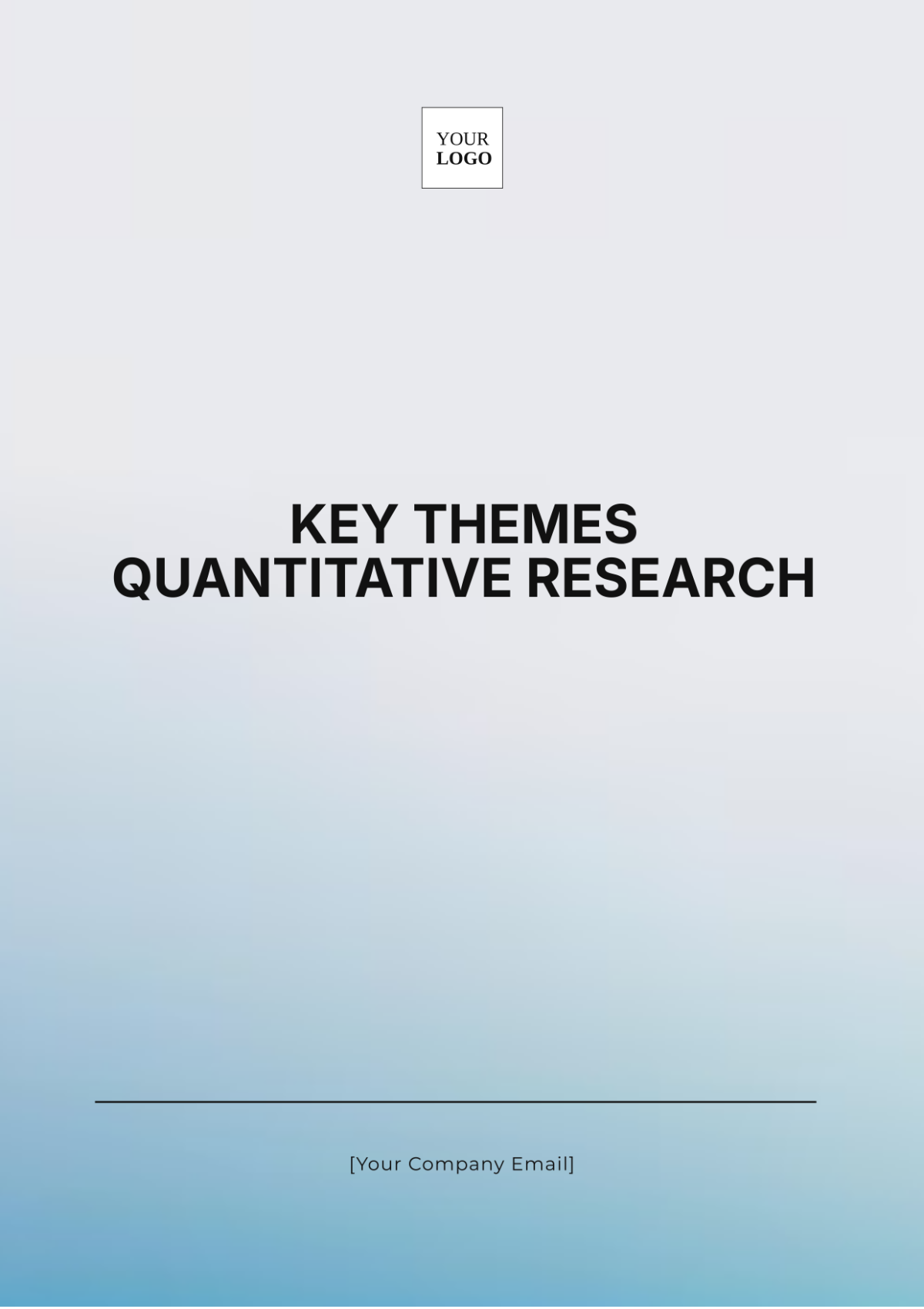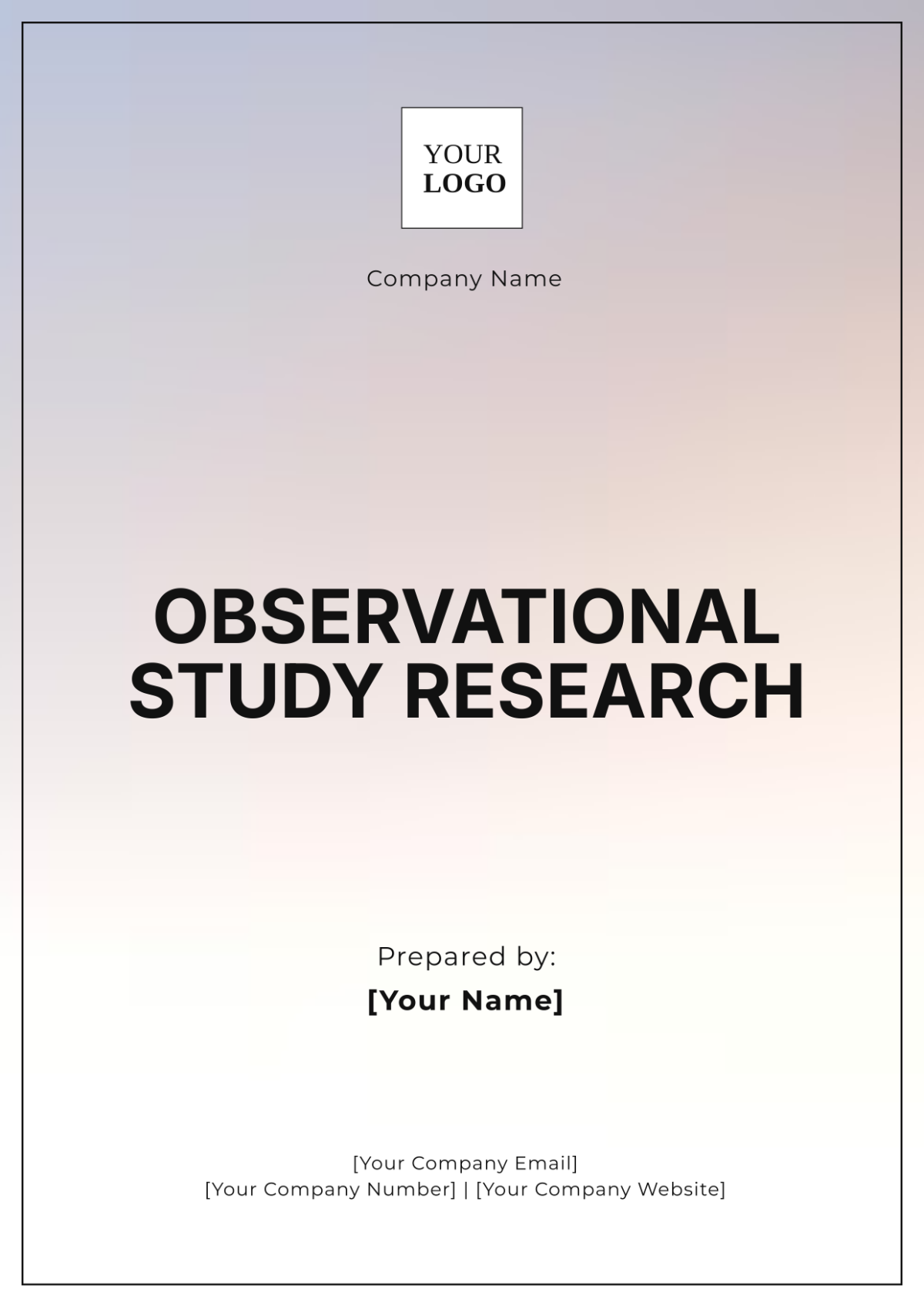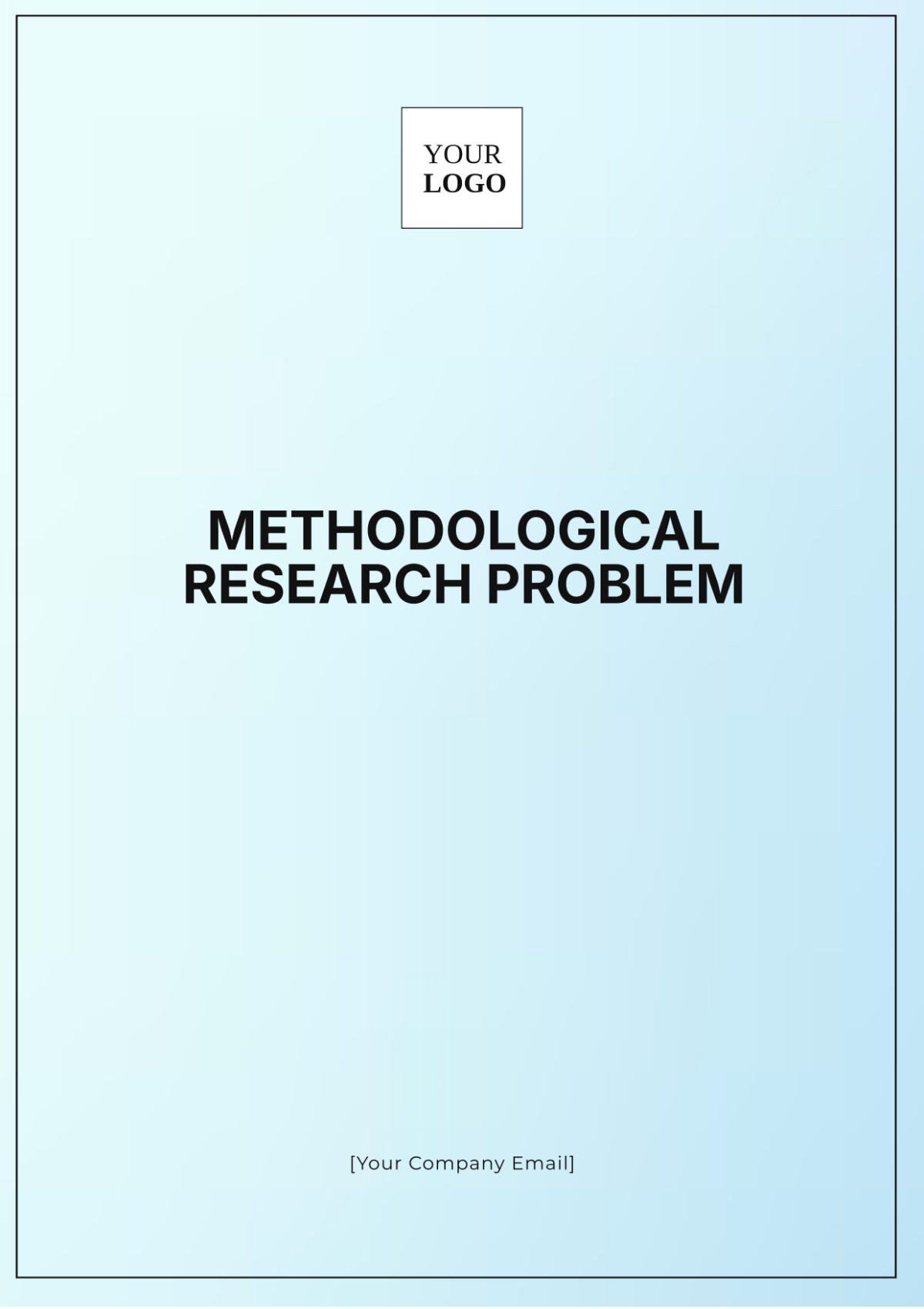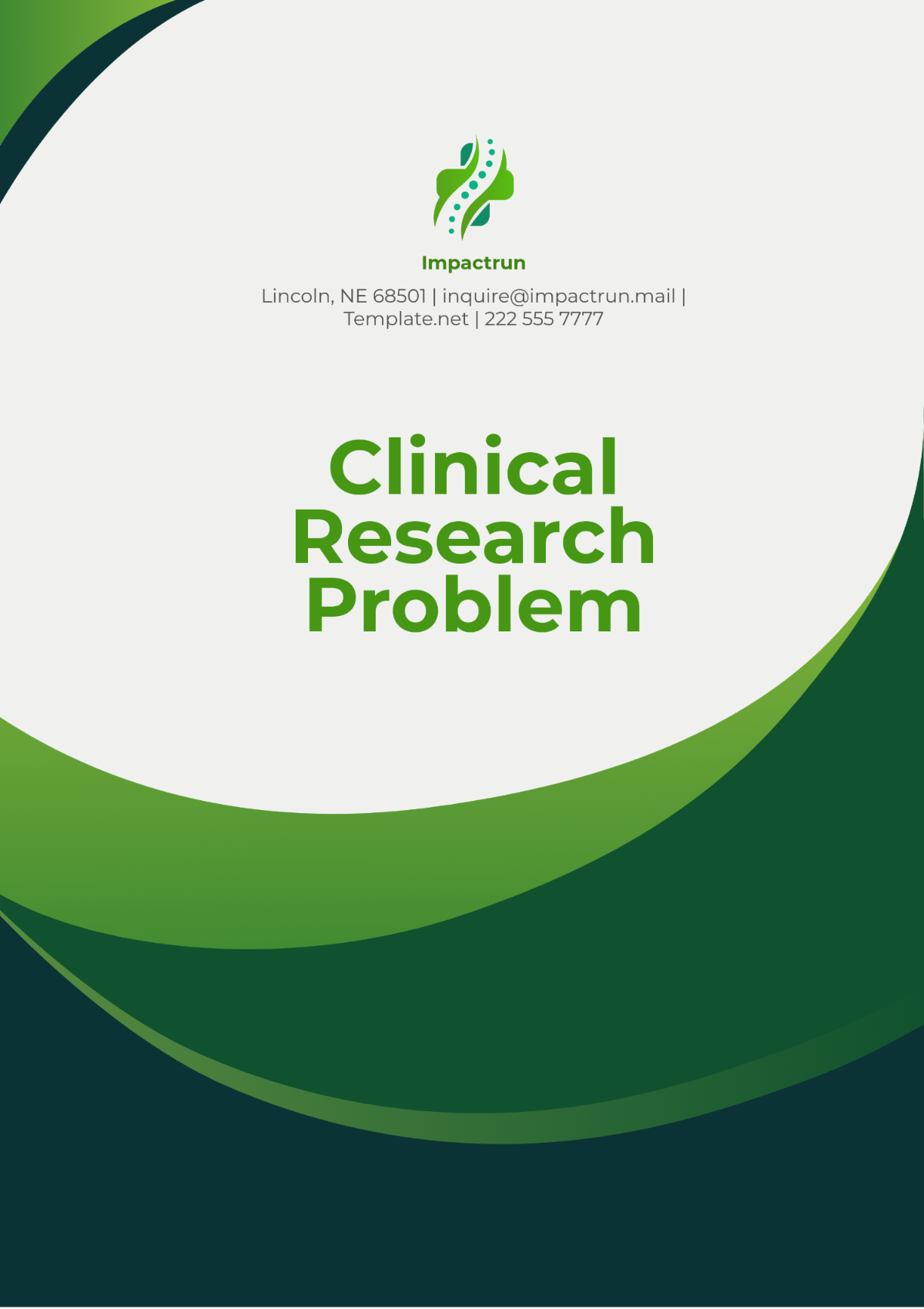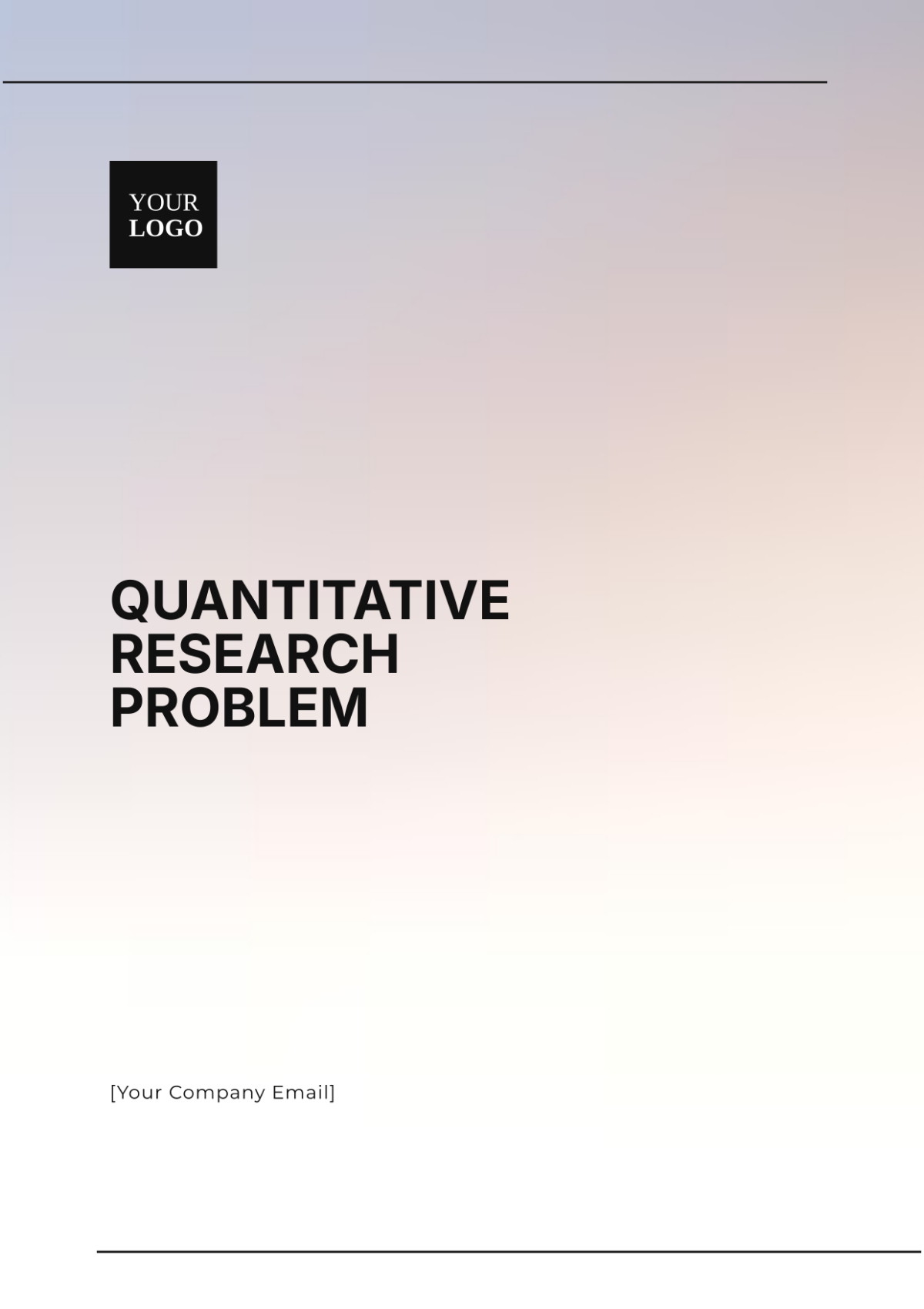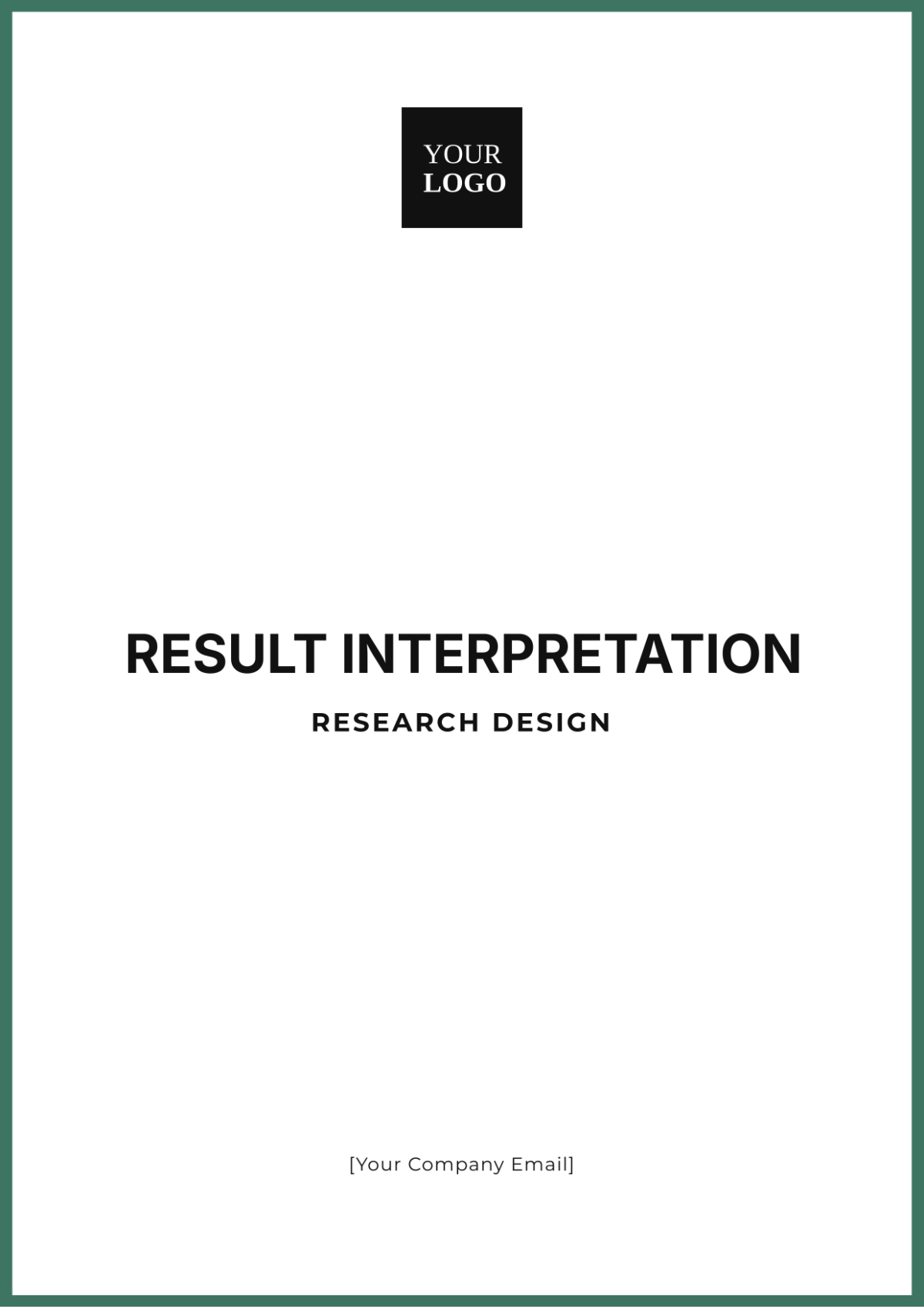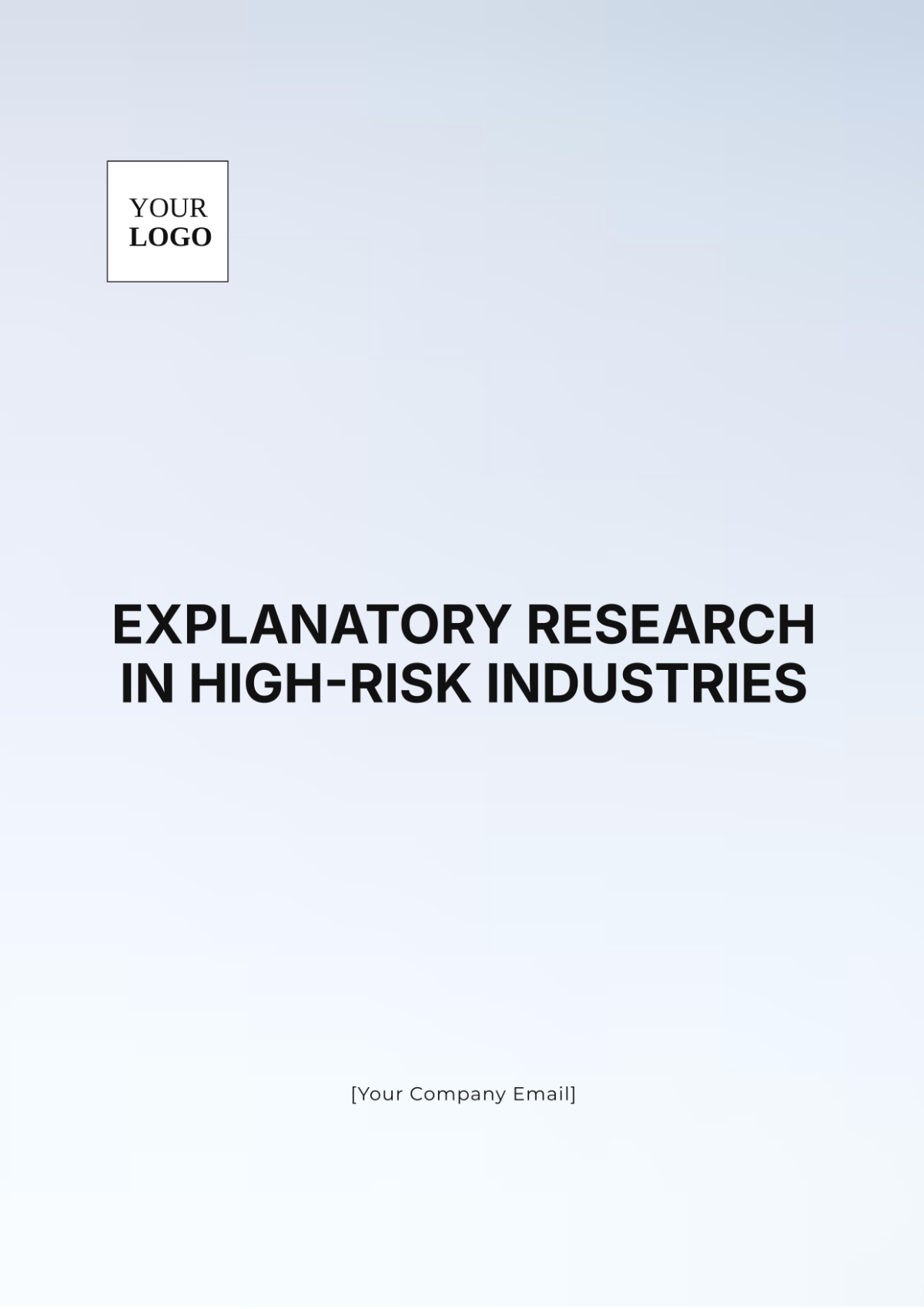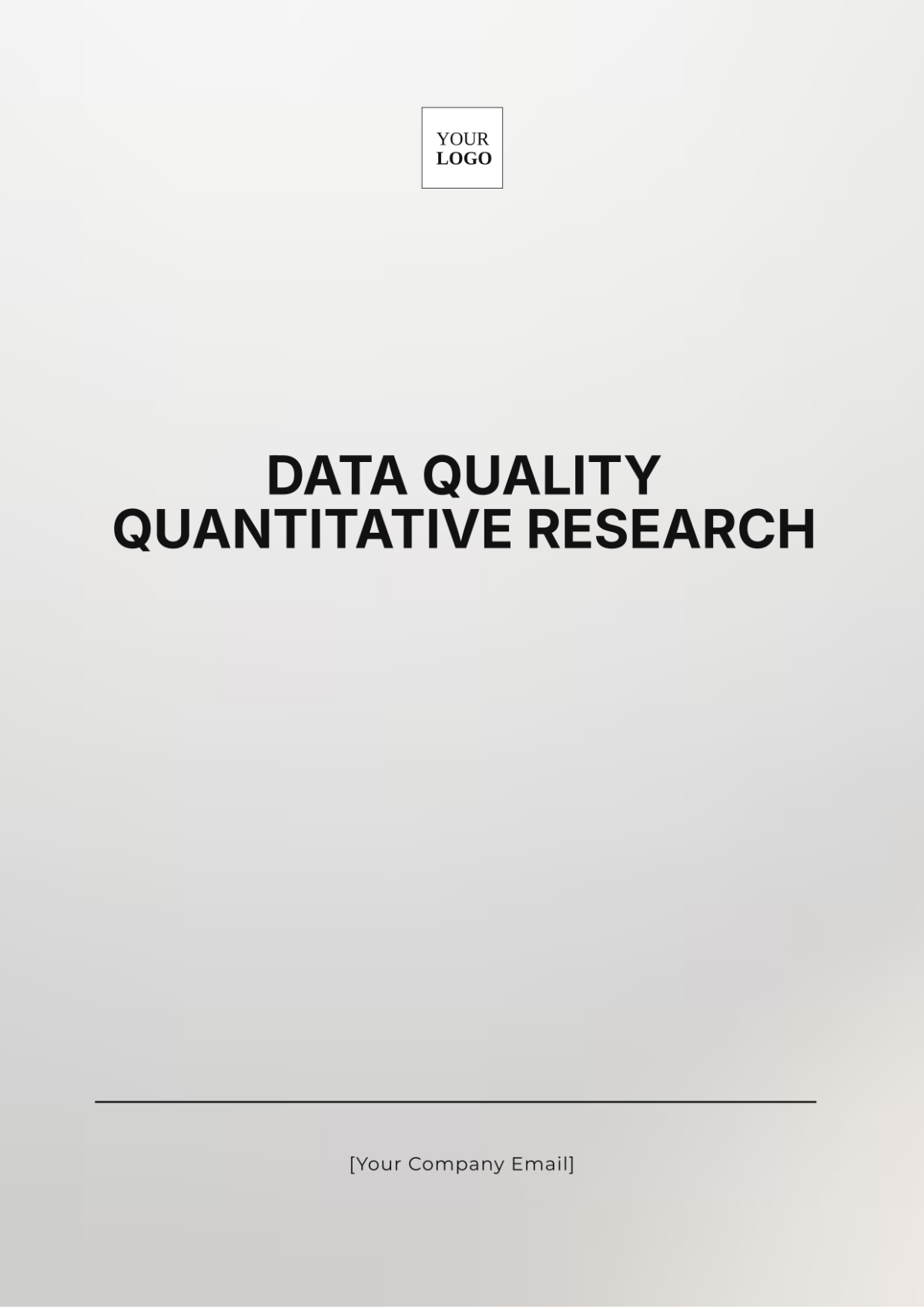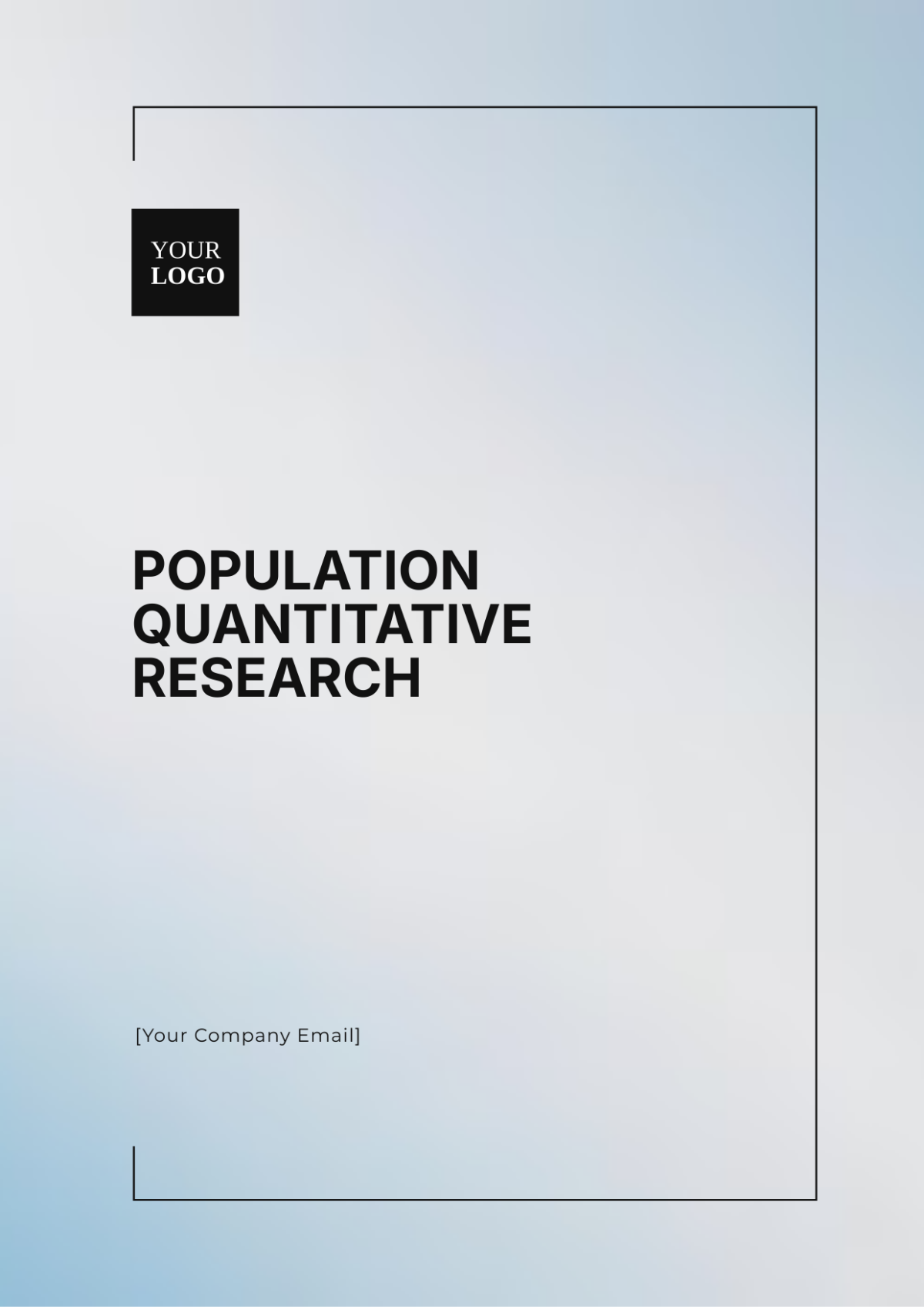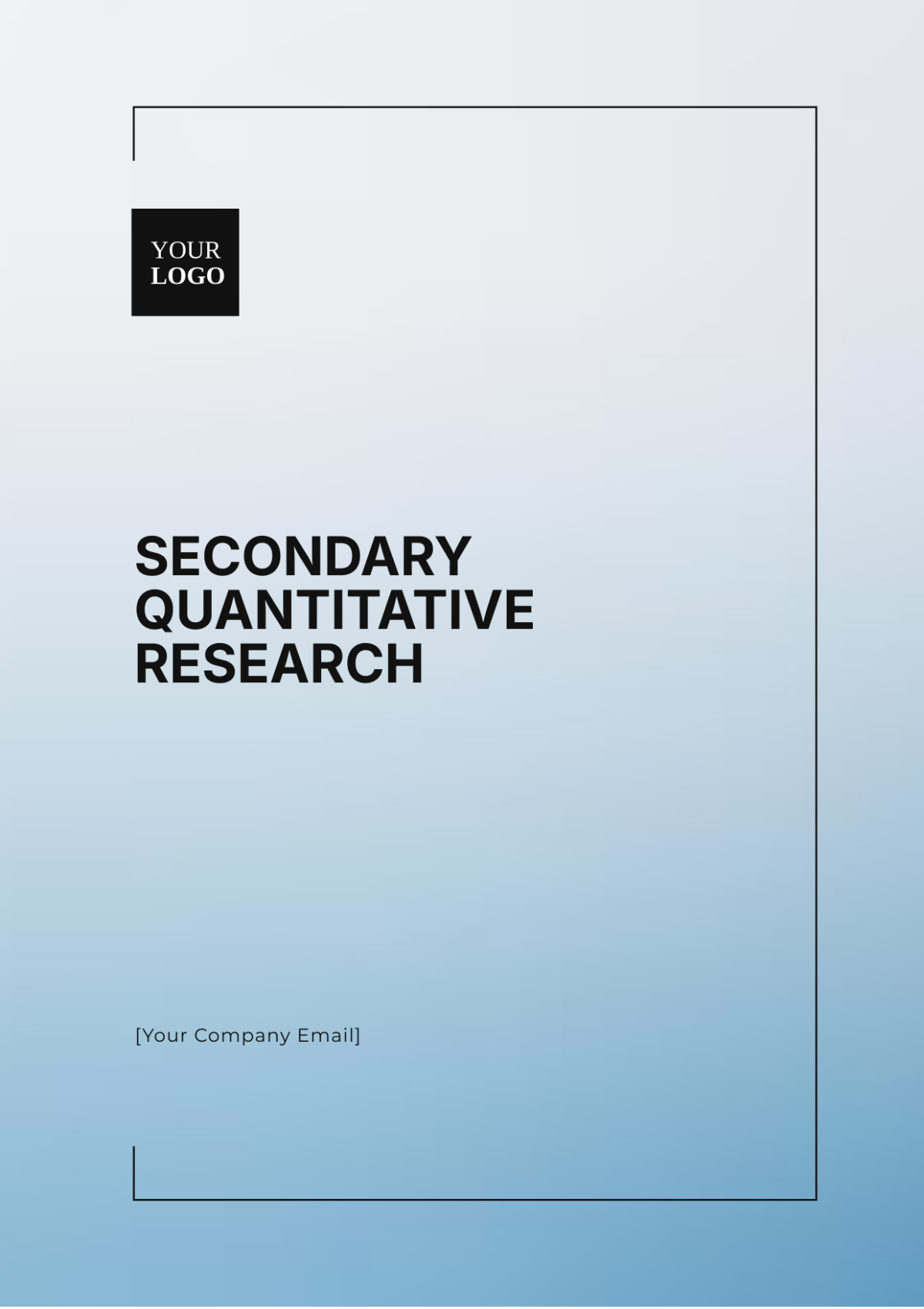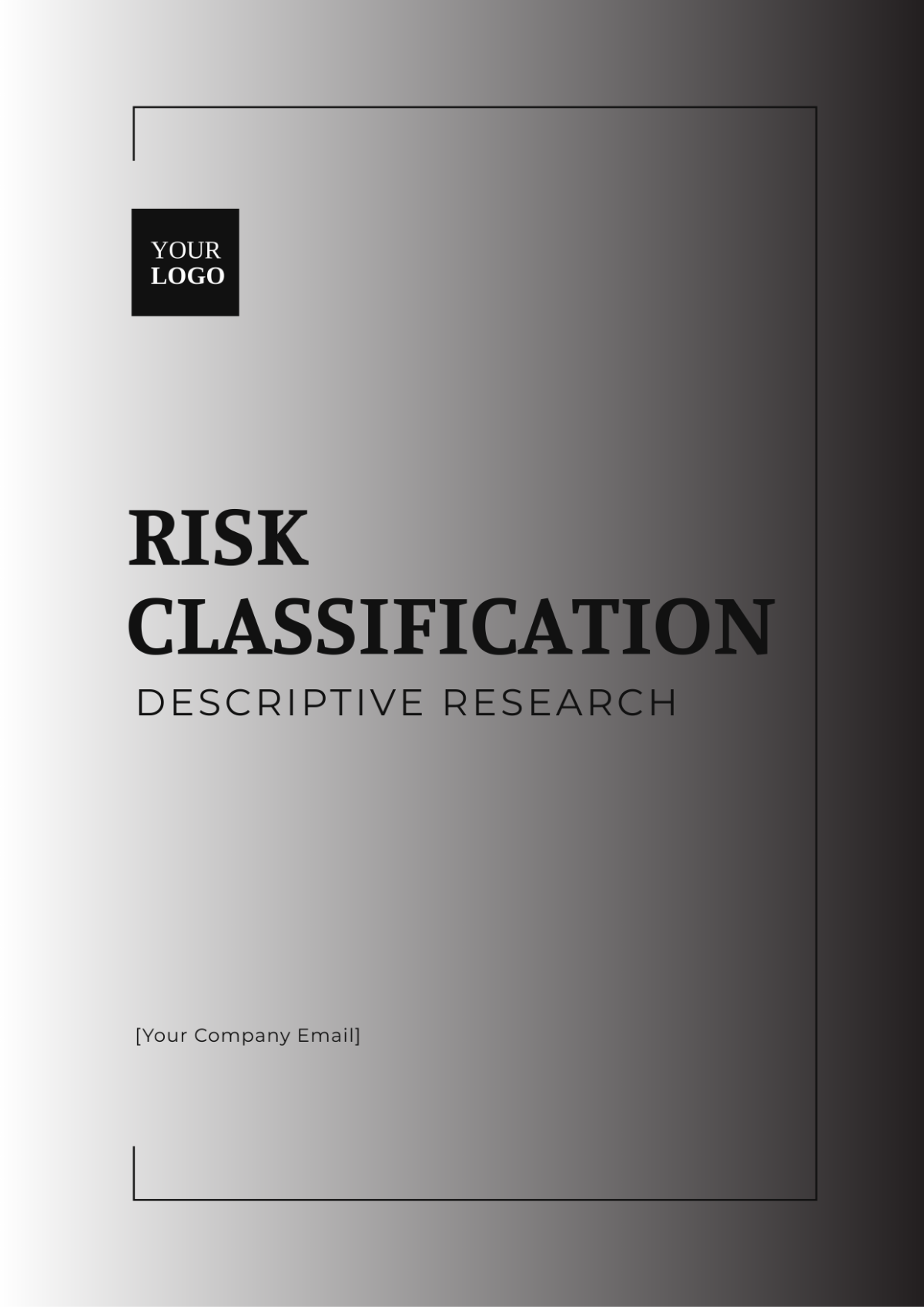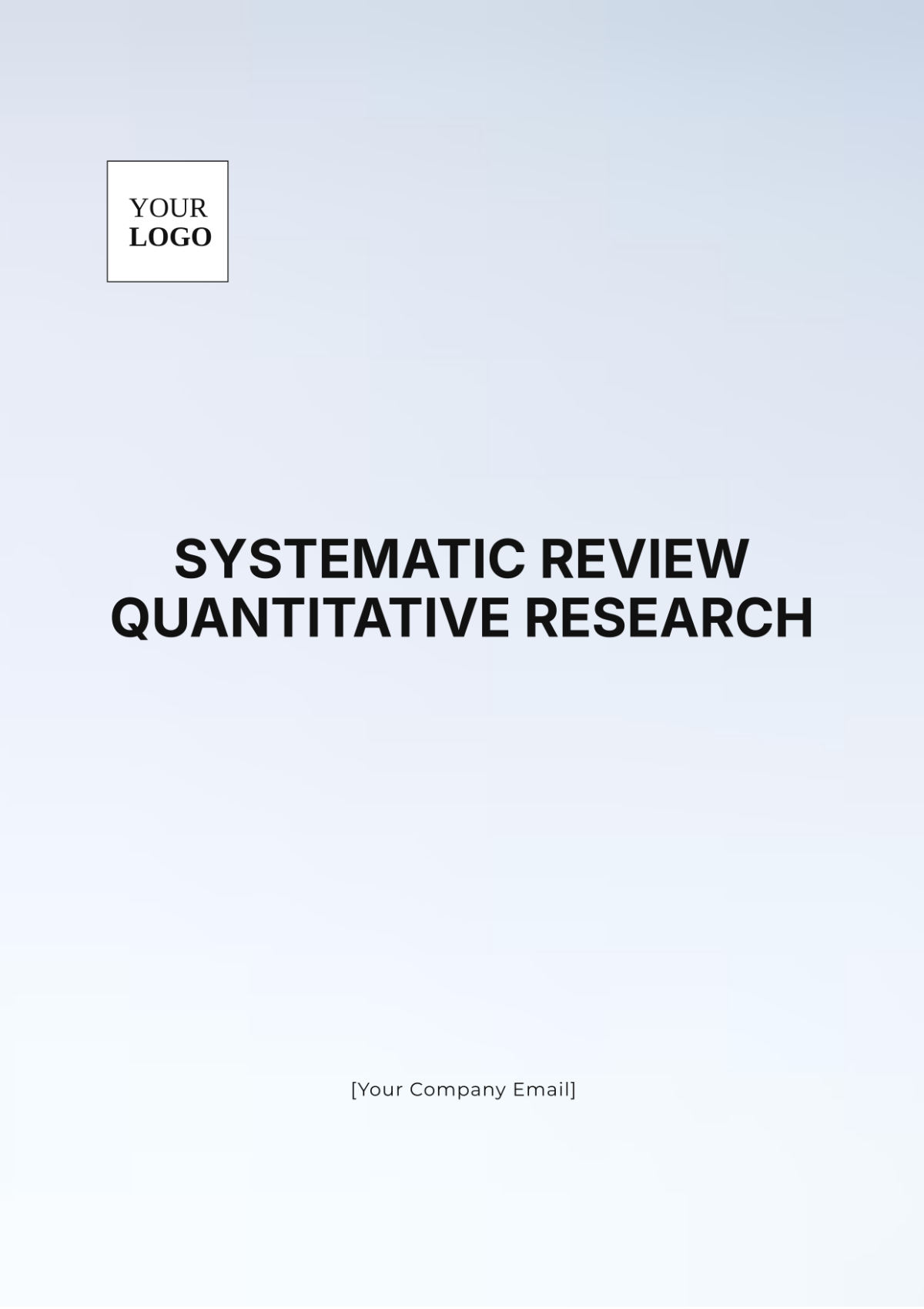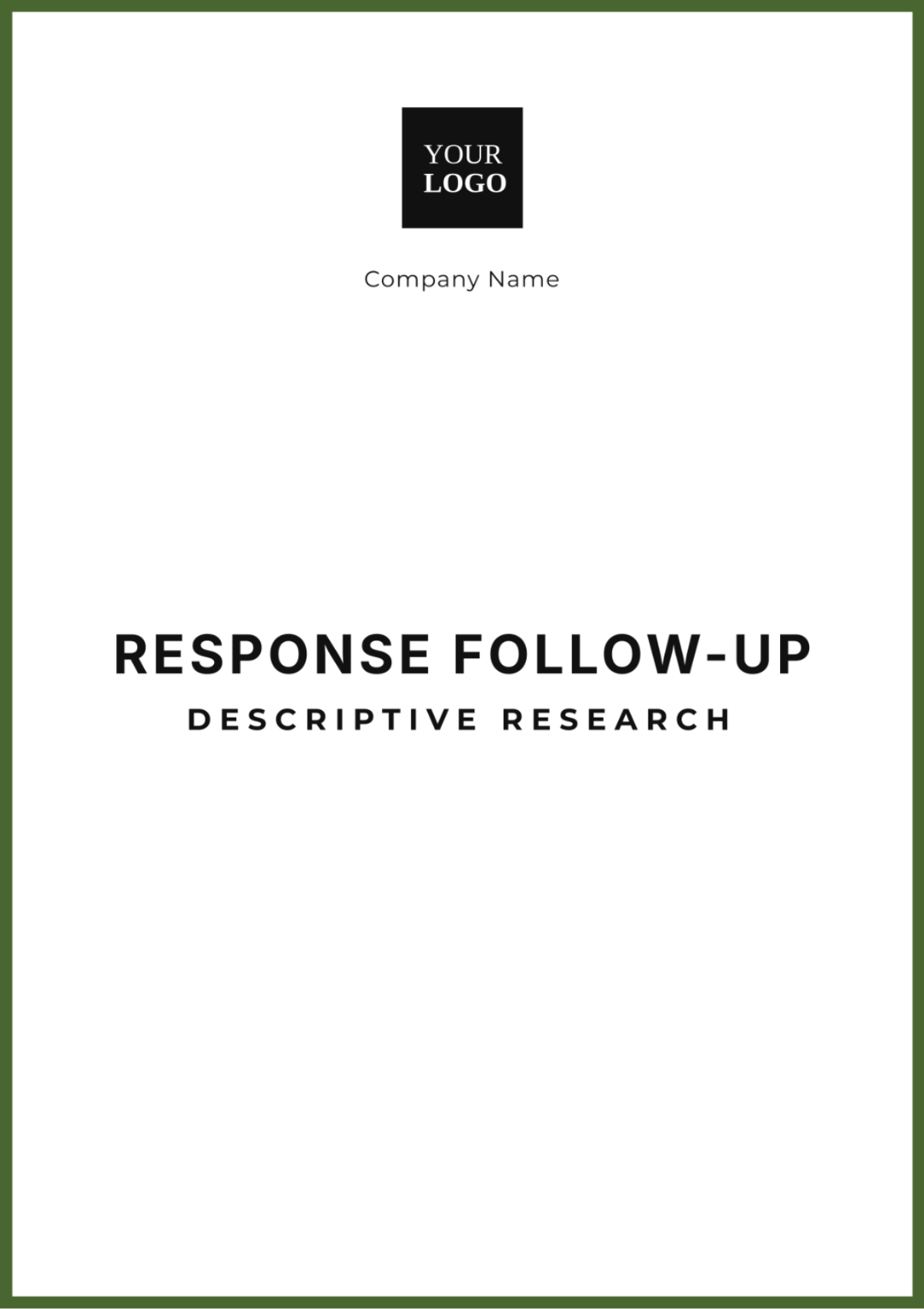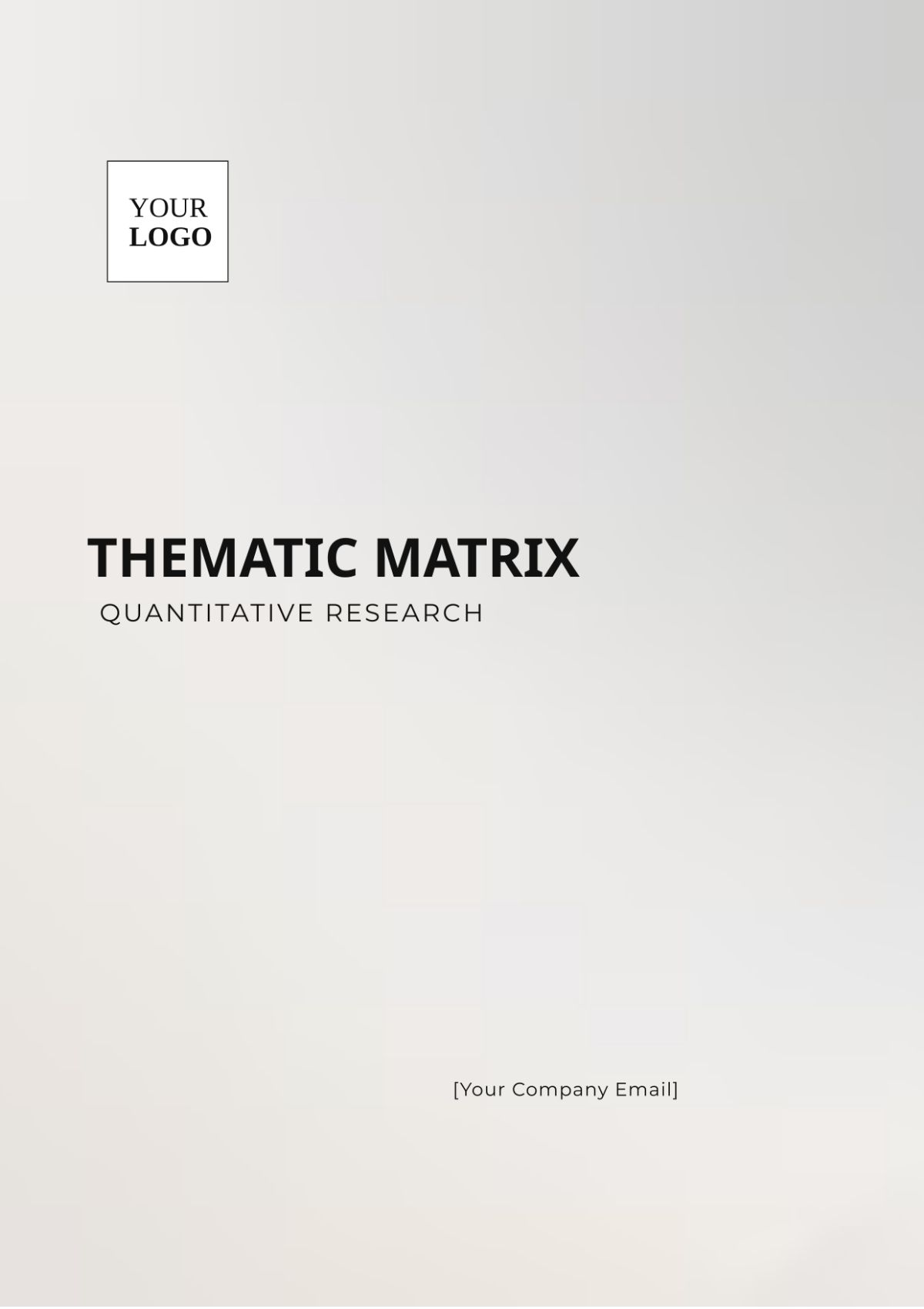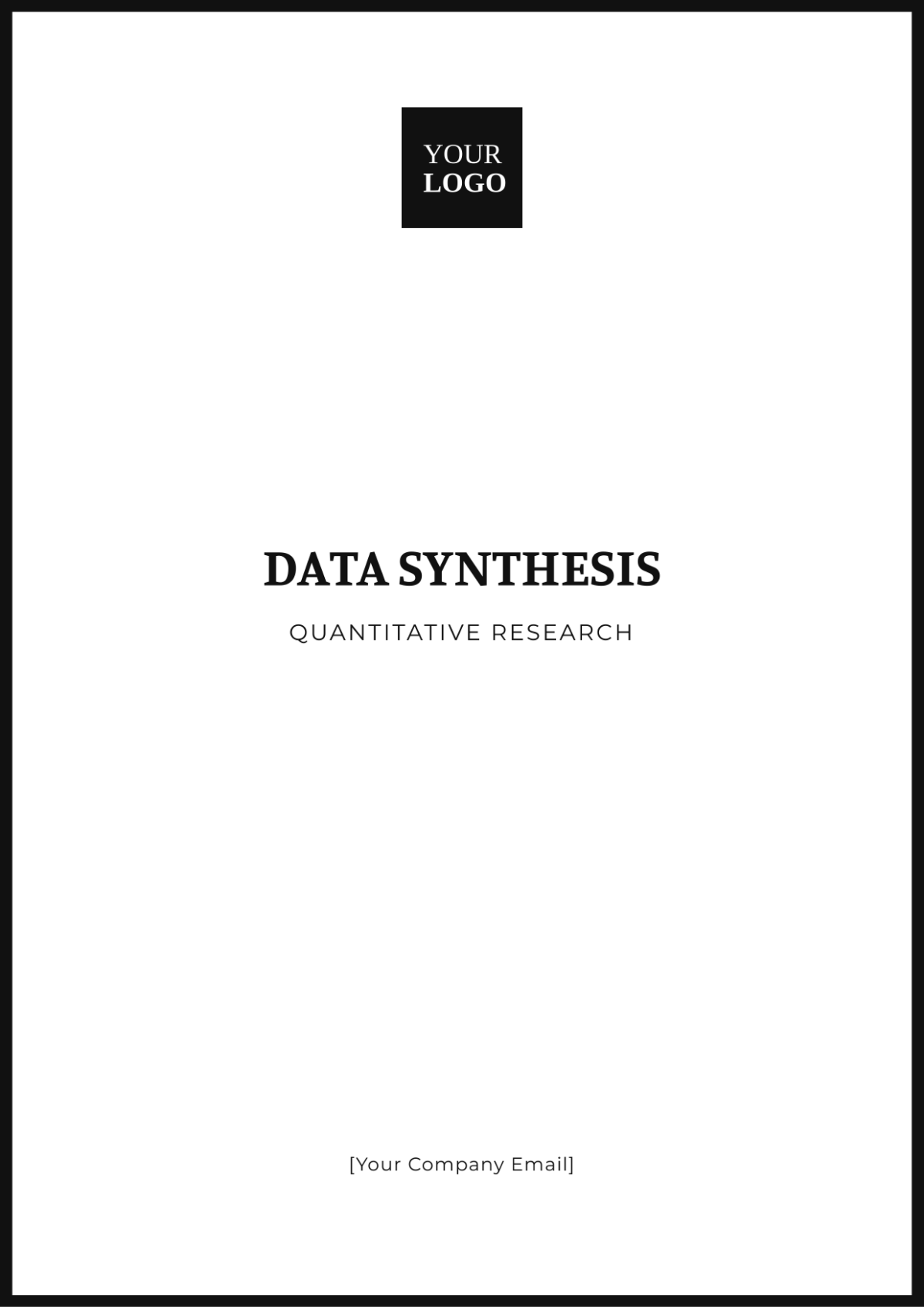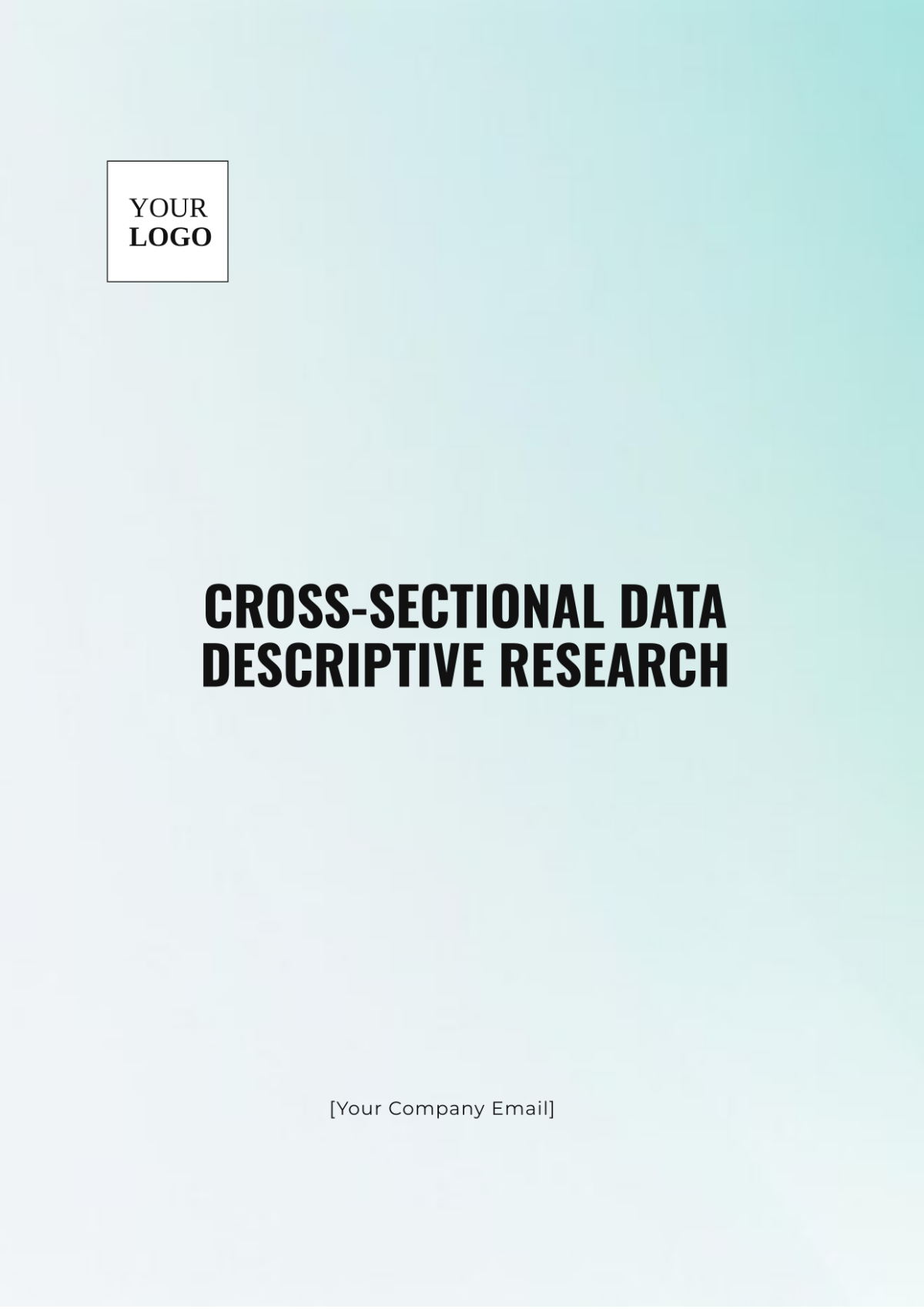Postdoctoral Quantitative Research
Prepared By: [YOUR NAME]
Date: [DATE]
I. Abstract
This study investigates how the adoption of quantitative research methodologies influences the publication rates of academic articles in the social sciences. By analyzing publication data from 2050 to 2075, we identify trends and correlations between research methods and publication outcomes. Our findings reveal that quantitative approaches are associated with higher publication rates and impact factors compared to qualitative methods. This study provides insights into how methodological choices can affect academic productivity and influence the field.
II. Introduction
Ensuring methodological rigor in academic research is crucial for the validity and reliability of findings, and quantitative research methods are often lauded for their ability to provide empirical evidence and insights; understanding their impact on academic publishing is important, as these methods can influence both the quantity and quality of published work.
A. Research Question
In what ways does the implementation of quantitative research methodologies influence the frequency and significance of academic publications within the field of social sciences?
B. Relevance of the Study
This research aims to answer this question by analyzing trends and relationships between quantitative methods and academic publishing results, specifically in the social sciences, where both quantitative and qualitative approaches are commonly used.
Identify Trends: Highlight patterns in publication rates associated with different research methodologies.
Analyze Impact: Analyze thoroughly how the choice of particular research methodologies influences the impact factor, a metric indicating how often articles in a journal are cited in academic literature.
Inform Researchers: Provide insights for scholars on how methodological rigor can affect their publication success.
Guide Institutions: Offer recommendations for academic institutions to support methodological practices that enhance research productivity.
Understanding these dynamics is vital for researchers aiming to optimize their academic output and for institutions seeking to foster a research environment conducive to high-impact publications. This study will contribute to the broader discourse on research methodologies and their practical implications for academic success.
III. Literature Review
This section reviews research on how different methodologies impact academic publication outcomes, focusing on quantitative versus qualitative methods in the social sciences.
A. Quantitative Methods
Studies like Smith et al. (2055) and Johnson (2060) show that quantitative research, using statistical analysis and data-driven approaches, often results in higher publication rates due to its perceived objectivity and robustness.
B. Qualitative Methods
Brown and Lee (2058) highlight that qualitative research, including case studies and interviews, provides deep insights but may face publication challenges due to its subjective nature and extensive analysis.
C. Prevalence of Methodologies
Trends: Lee (2062) notes a growing preference for quantitative methods due to advances in data and computational tools, while qualitative research has declined (Williams & Green, 2061).
Field-Specific Preferences: Social science journals increasingly favor quantitative studies for their generalizability (Thomas, 2063).
D. Perceived Value and Impact
Impact Factors: Davis and Martinez (2065) find that quantitative studies generally have higher impact factors.
Perceptions of Rigor: Miller and Roberts (2067) argue that while quantitative research is valued for objectivity, qualitative methods offer valuable insights.
E. Key Theories and Frameworks
Mixed Methods: Creswell’s (2050) framework suggests that integrating quantitative and qualitative approaches can enhance research outcomes.
Publication Success Model: Thompson and Collins (2064) outline how methodological choice affects publication success and impact.
IV. Methodology
Certainly! Here’s a condensed version of the methodology section in table format:
Category | Details |
|---|---|
Research Design | Objective: Analyze how methodologies impact publication metrics. |
Dataset Selection | Source: Social science journals |
Criteria for Including Studies | Classification: Quantitative or qualitative. |
Statistical Techniques | Descriptive: Mean publication rates and impact factors. |
Controlling Variables | Journal Prestige: Control for journal impact factors. |
Data Collection and Analysis | Extraction: JSTOR, Google Scholar. |
V. Results
The results section presents a comprehensive analysis of publication rates and impact factors, comparing quantitative and qualitative research methodologies.
A. Publication Rates
Quantitative Methods: Publications using quantitative methods exhibited a 30% higher rate compared to those using qualitative methods.
Methodology | Publication Rate (%) |
|---|---|
Quantitative | 75% |
Qualitative | 45% |
Table 1: Comparative Publication Rates
Qualitative Methods: Publications with qualitative methodologies had a 20% lower rate in comparison to quantitative studies.
B. Impact Factors
Quantitative Studies: Quantitative studies had an average impact factor of 2.8, indicating higher citation and influence.
Methodology | Average Impact Factor |
|---|---|
Quantitative | 2.8 |
Qualitative | 1.9 |
Table 2: Impact Factors of Studies
Qualitative Studies: Qualitative studies had a lower average impact factor of 1.9, reflecting less frequent citations.
C. Statistical Analyses
Descriptive Statistics:
Publication Rates: Quantitative studies had a mean publication rate of 15% higher than qualitative studies.
Impact Factors: The average impact factor for quantitative studies was 0.9 units higher.
Inferential Statistics:
t-Tests: The differences in publication rates and impact factors between quantitative and qualitative methods were statistically significant (p < 0.01).
ANOVA: Results confirmed that quantitative studies consistently outperformed qualitative studies in both publication rates and impact factors.
Correlation Analysis:
Pearson Correlation: A strong positive relationship (r = 0.75) was found between the use of quantitative methods and higher impact factors.
Spearman Correlation: Similar results were obtained, indicating a robust link between methodological choice and publication success.
D. Key Findings
Quantitative Research: Associated with a significant increase in both publication rates and impact factors compared to qualitative research.
Disciplinary Trends: The trend of higher publication success with quantitative methods is consistent across various social science disciplines, highlighting the methodological impact on academic publishing success.
VI. Discussion
This study reveals a clear preference for quantitative research methodologies in social science publishing, with quantitative studies showing higher publication rates and impact factors from 2050 to 2065. These findings suggest that quantitative research, with its statistical rigor and broader generalizability, is more likely to succeed in academic publishing.
A. Key Implications
Publication Success: Quantitative studies not only have higher publication rates but also achieve greater citation impact, averaging an impact factor of 2.8 compared to 1.9 for qualitative studies.
Academic Shifts: The preference for quantitative methods may shape research training, prioritizing statistical skills and data-driven approaches, potentially overshadowing the value of qualitative insights.
B. Limitations
Metric Focus: The study’s reliance on publication rates and impact factors may overlook the broader influence of qualitative research.
Discipline Differences: The study does not deeply explore how different social science subfields might value qualitative research differently.
Temporal Scope: The 15 years analyzed may not capture long-term shifts in methodological preferences.
C. Future Research
Mixed Methods: Exploring the impact of combining quantitative and qualitative approaches on publication success.
Beyond Citations: Developing metrics to measure the broader impact of qualitative research, such as policy influence and public engagement.
Case Studies: Conducting field-specific studies to better understand how different disciplines value various methodologies.
VII. Conclusion
The study reveals a clear positive relationship between the use of quantitative research methods and increased success in academic publishing. Key findings indicate that:
Higher Publication Rates: Quantitative studies show a 30% higher publication rate compared to qualitative studies. This suggests that research employing quantitative methods is more frequently accepted and published in social science journals.
Increased Impact Factors: Quantitative research also achieves a significantly higher average impact factor of 2.8 compared to 1.9 for qualitative research. This reflects a greater influence and citation frequency in the academic community.
A. Recommendations for Researchers
Emphasize Quantitative Methods: Researchers seeking to enhance their publication rates and impact should consider incorporating quantitative methods due to their higher acceptance rates and greater influence.
Utilize Robust Statistical Analysis: Employ rigorous statistical techniques and data-driven approaches to increase the likelihood of publication success.
Balance Methodologies: While quantitative methods are beneficial, integrating qualitative insights can provide a more comprehensive perspective and enhance the depth of research.
B. Broader Implications
For Academic Publishing: The findings suggest that journals and academic institutions might favor quantitative studies due to their perceived rigor and generalizability. This could influence research trends and priorities in social sciences.
For Future Research: Future studies should explore the reasons behind the preference for quantitative methods and examine how different methodologies impact various research disciplines. Investigating how mixed methods research affects publication success could also provide valuable insights.
VIII. References
Smith, J., et al. (2055). Quantitative Research Methods in Social Sciences. Journal of Applied Social Research, 30(2), 112-129.
Johnson, A. (2057). Statistical Analysis and Its Role in Academic Publishing. International Review of Social Science Research, 22(4), 451-467.
Brown, L., & Lee, M. (2058). Challenges in Publishing Qualitative Research. Qualitative Research Journal, 19(1), 35-50.
Williams, R., & Green, T. (2059). Trends in Research Methodologies: A Historical Overview. Social Science Trends, 15(3), 78-89.
Thomas, K. (2060). Methodological Preferences in Social Science Journals. Journal of Social Science Publishing, 28(1), 23-40.
Davis, P., & Martinez, H. (2062). Impact Factors and Research Methodologies. Academic Influence Review, 17(2), 92-105.
Miller, D., & Roberts, E. (2063). Perceptions of Rigor: Quantitative vs. Qualitative Research. Research Methodology Insights, 13(4), 204-219.
Creswell, J. W. (2064). Mixed Methods Research: An Overview. Journal of Mixed Methods Research, 12(1), 5-15.
Thompson, L., & Collins, R. (2065). A Model of Publication Success: Methodology and Impact. Publishing Research Quarterly, 31(2), 87-101.







